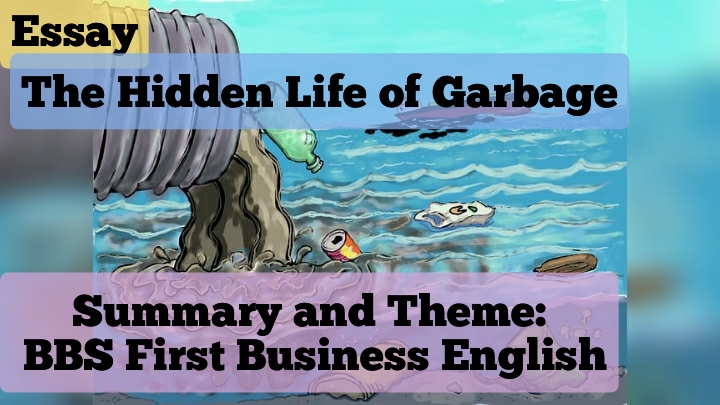“The Hidden Life of Garbage” is an essay written by Stan Cox in which he examines the societal and environmental impacts of garbage disposal.
In his essay, Cox delves into the history of waste management and the evolution of how society has dealt with garbage. He also highlights the environmental and health hazards caused by landfills and incineration, and the social and economic effects of waste management policies.
One of the main themes of the book is the concept of “waste=food” where Cox argues that waste should not be seen as a nuisance but as a valuable resource to be recycled and reused rather than discarded.
He also points out the negative impacts of landfills and incineration, including the release of methane and other greenhouse gases, contamination of water sources and harm to local wildlife.
He also advocates for the use of more sustainable waste management solutions such as composting, recycling, and anaerobic digestion, which can help to reduce the amount of waste sent to landfills.
Cox also explores the social and economic effects of waste management policies, discussing how the location of landfills and incinerators can have a detrimental effect on the quality of life of nearby residents and how the cost of waste management can be a significant burden on municipalities and taxpayers.
Overall, “The Hidden Life of Garbage” provides a comprehensive and thought-provoking examination of the societal and environmental impacts of garbage disposal. It serves as a call to action for the development of more sustainable waste management strategies and encourages readers to rethink the way they view and handle waste.

